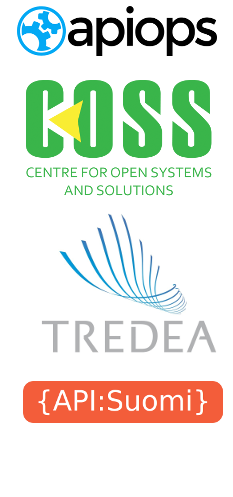The dream of easily reusable components is an old one in programming dating back to the emergence of object oriented programming in the 1960s (yes, that’s the 60s and thus half a century ago). The truth is it never really worked. Not in a way that transformed programming.
Now though we are finding ourselves in 2016 and the components we were looking for have arrived in full force. They are called services. Services such as Twilio for communications, Stripe or Dwolla for payments, Sendgrid for emails and so on. These are all services that as a programmer let me do amazing things with just a few lines of code. It is because of services like that people can now build and launch something meaningful in the duration of a hackathon.That act of assembling the components into a new whole though, still happens largely through exactly the kind of programming we have always done.
But here too change is on the way and people is creating new experiences assembling services and APIs. What are the minimum requirements for a modern API to fit into this landscape? What are the tools out there that are enabling this code-glue approach?
We are not quite there, but the future in which most people will be empowered to build software is arriving and APIs are the key enablers for this.
Software engineer who get things done and loves to create web products. Full stack entrepreneur changing how software is built on the web with #500Strong company Stamplay. Constant Curious and lecturer at Roma Tre University.
Back in the days I ran my web agency while at university, spent a few years as a consultant in big enterprise and project manager in telcos and later jumped in the digital startups world.
Bootstrapped one of the largest tech community, worked with US Embassy in Italy to organize tech events and now I’m President of InnovactionLab Alumni fostering entrepreneurship among young people.
